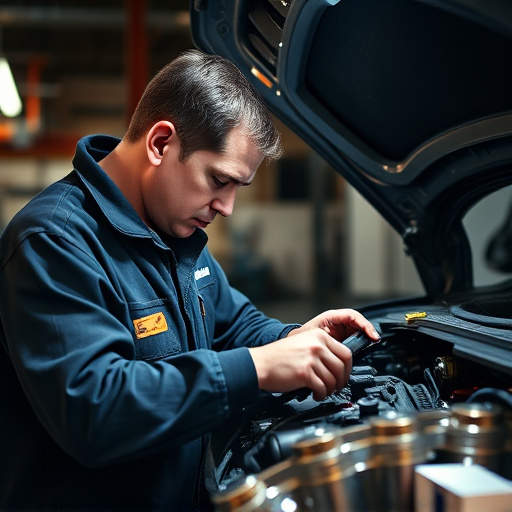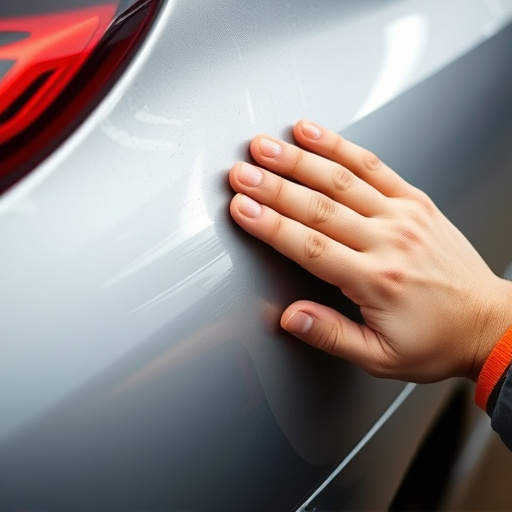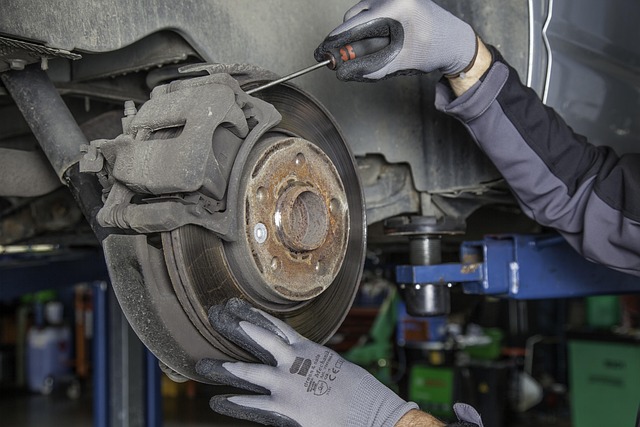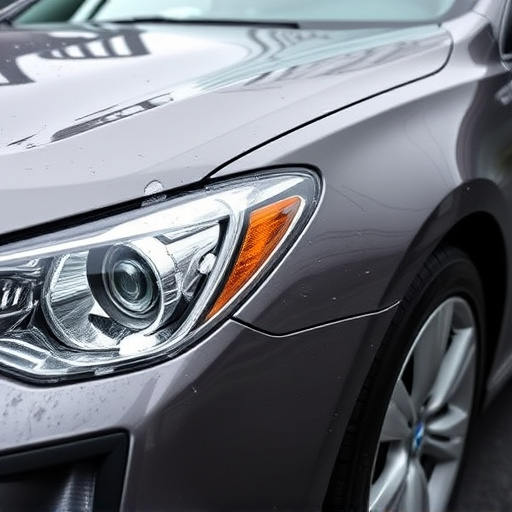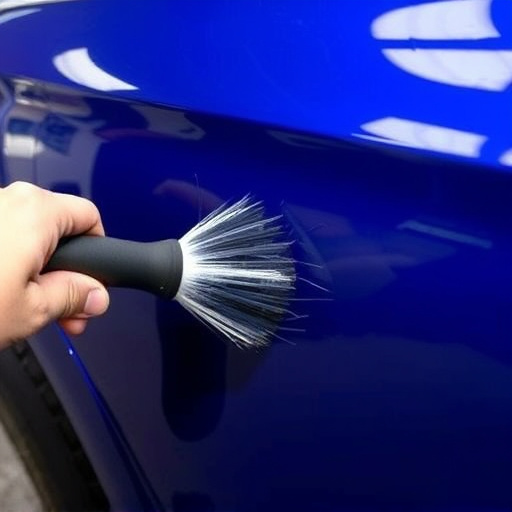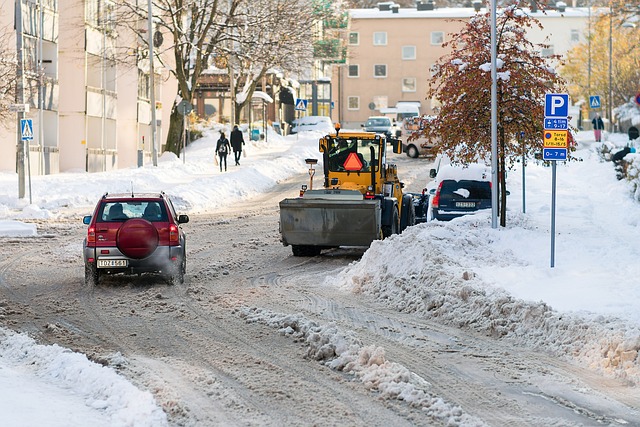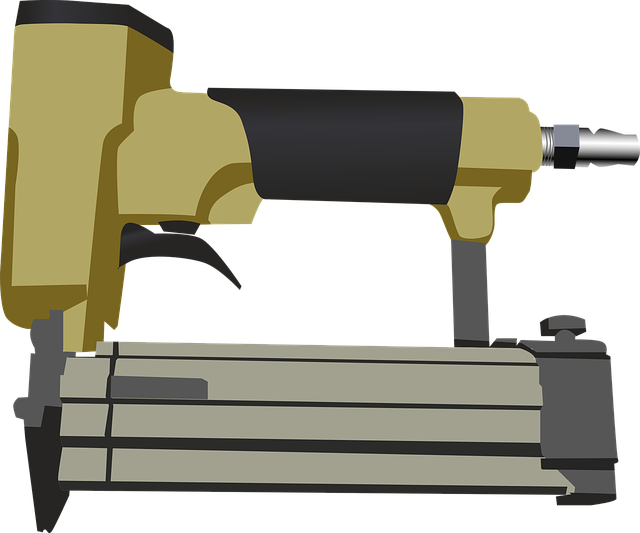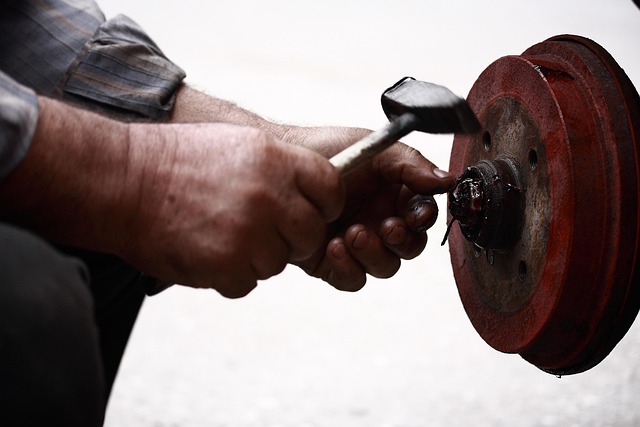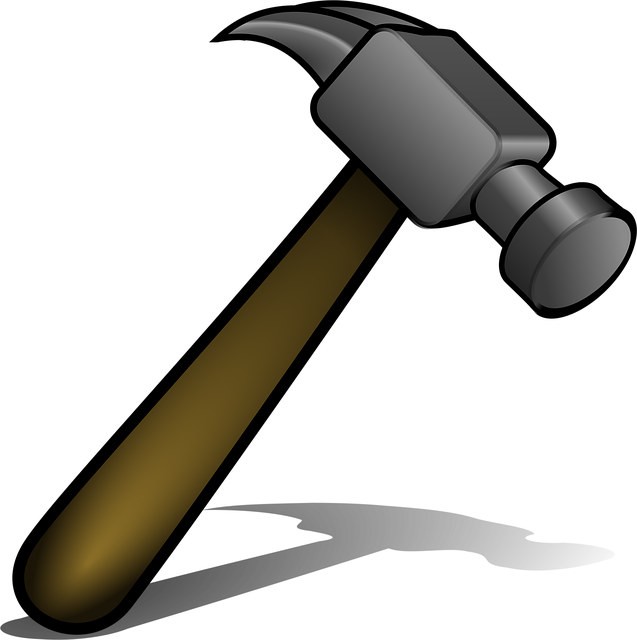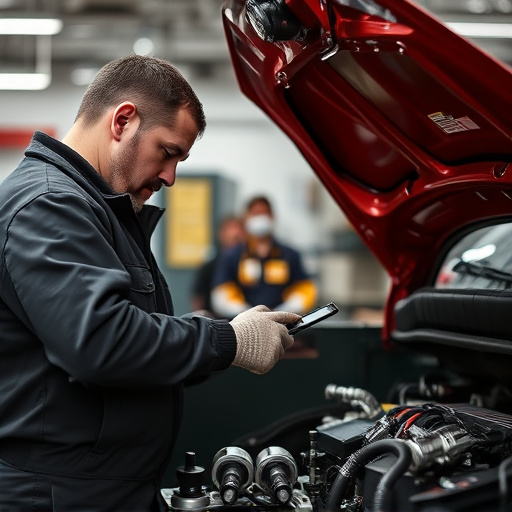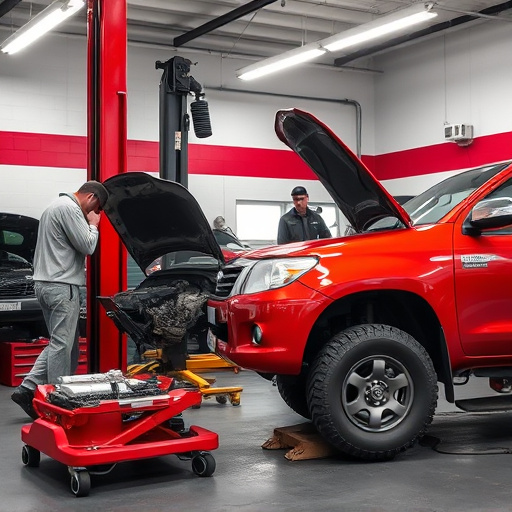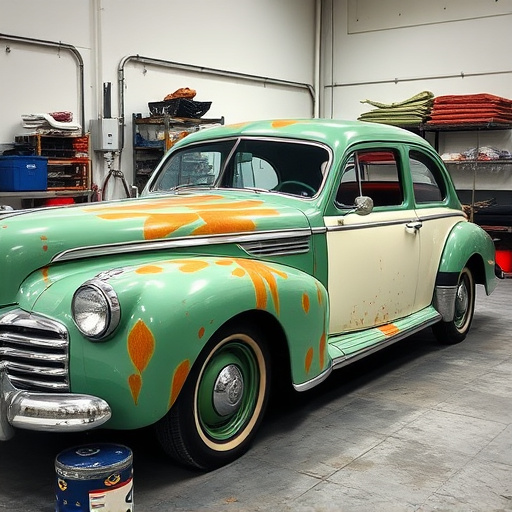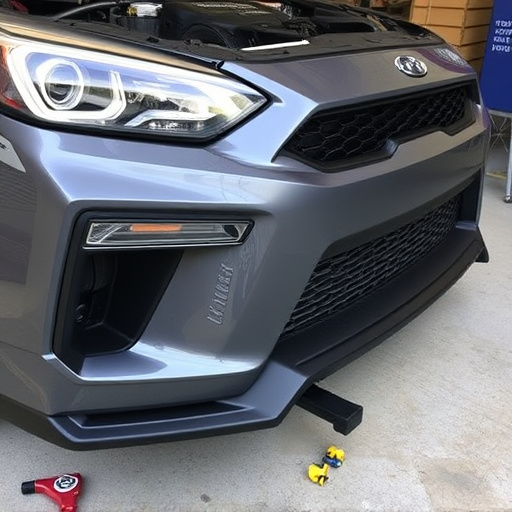Adopting 3D imaging technology in auto body repair consultations has transformed the industry, offering enhanced precision and efficiency. This cutting-edge tool allows mechanics to create detailed digital models of damaged vehicles, swiftly identifying hidden damage, measuring exact dimensions, visualizing structures, and providing accurate cost estimates. Despite requiring significant investment, 3D imaging empowers workshops to streamline processes, improve client communication, and ultimately revolutionize auto body repair experiences.
In today’s digital era, 3D imaging is transforming the landscape of auto body repair. This cutting-edge technology offers unprecedented accuracy and efficiency in repair consultations, enabling detailed visualization of damage. By enhancing communication between technicians and customers, 3D imaging streamlines processes, ensures precise estimates, and promotes informed decision-making. This article explores the power of 3D imaging, its impact on consultation processes, and the benefits versus challenges of implementation for efficient auto body repairs.
- Understanding the Power of 3D Imaging in Auto Body Repair
- Enhancing Consultation Processes with 3D Visualizations
- Benefits and Challenges: Implementing 3D Imaging for Efficient Auto Body Repairs
Understanding the Power of 3D Imaging in Auto Body Repair
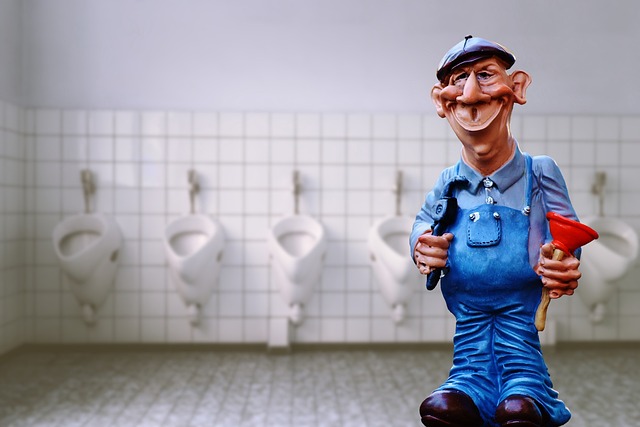
In today’s digital era, embracing innovative technology is paramount for automotive body shops to stay ahead in their field. 3D imaging has emerged as a game-changer in auto body repair consultations, offering an unparalleled level of precision and efficiency. This cutting-edge tool enables mechanics to capture detailed, three-dimensional representations of damaged vehicles, allowing for a comprehensive analysis of the extent of repairs required.
By employing 3D imaging technology, Mercedes Benz repair specialists can transform their consultation process. They can swiftly identify hidden damage, measure exact dimensions, and visualize the vehicle’s structure in a way that was previously impossible. This advanced approach facilitates accurate cost estimates, enhances communication with clients, and ultimately leads to faster and more effective auto collision center operations.
Enhancing Consultation Processes with 3D Visualizations
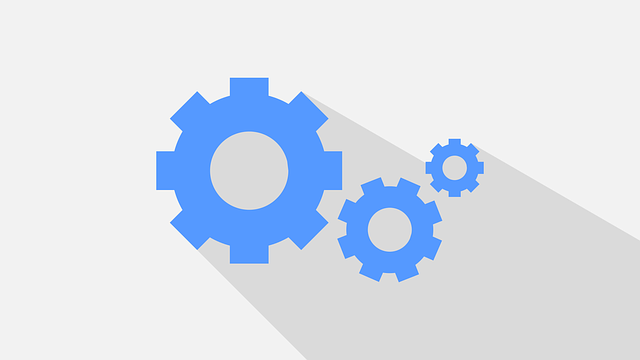
In today’s digital era, enhancing consultation processes for auto body repairs with 3D visualizations has revolutionized the way workshops interact with their clients. These advanced tools allow for a more comprehensive understanding of vehicle bodywork, enabling detailed assessments and precise planning. By presenting intricate car structures in a three-dimensional format, technicians can effectively communicate potential issues, repair scope, and estimated costs to customers, fostering trust and informed decision-making.
Moreover, 3D imaging facilitates efficient project management by providing a clear picture of the vehicle’s condition before any work begins. This technology goes beyond traditional measurements and visual inspections, especially in complex cases involving collision damage or intricate body panel shapes. With enhanced visualization, auto body repair consultations become more productive, ensuring customers receive accurate and timely information about their vehicle’s tire services and bodywork needs.
Benefits and Challenges: Implementing 3D Imaging for Efficient Auto Body Repairs
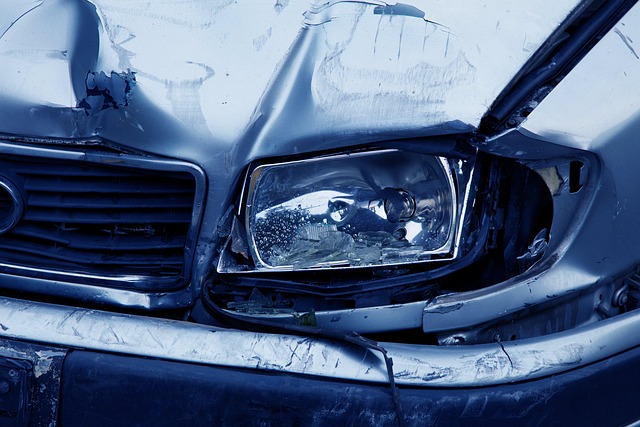
Implementing 3D imaging technology has brought about significant changes in the realm of auto body repair consultations. This innovative approach offers numerous benefits, enhancing efficiency and precision during the repair process. By creating detailed digital models of damaged vehicles, technicians can accurately assess car damage repair needs, including identifying minor scratches and dents that might go unnoticed with traditional methods. This level of detail allows for more effective planning, ensuring every aspect of auto body repair consultation is thoroughly considered.
Despite its advantages, 3D imaging also presents challenges. The technology requires substantial investment in specialized equipment and skilled personnel to operate and interpret the data accurately. Furthermore, while it excels at revealing intricate car dent repair or car scratch repair details, it might not replace hands-on inspection for complex structural damage assessments. Therefore, a balanced approach is essential, utilizing 3D imaging to streamline processes while still relying on expert human judgment for comprehensive auto body repair consultations.
3D imaging is transforming auto body repair consultations by providing accurate, visual representations of damage. This technology enhances the consultation process, allowing technicians and customers to clearly understand the extent of repairs needed. By implementing 3D imaging, workshops can streamline operations, improve efficiency, and deliver higher-quality results. While initial costs and training challenges exist, the benefits far outweigh the drawbacks, making 3D imaging a valuable asset in modern auto body repair practices.
